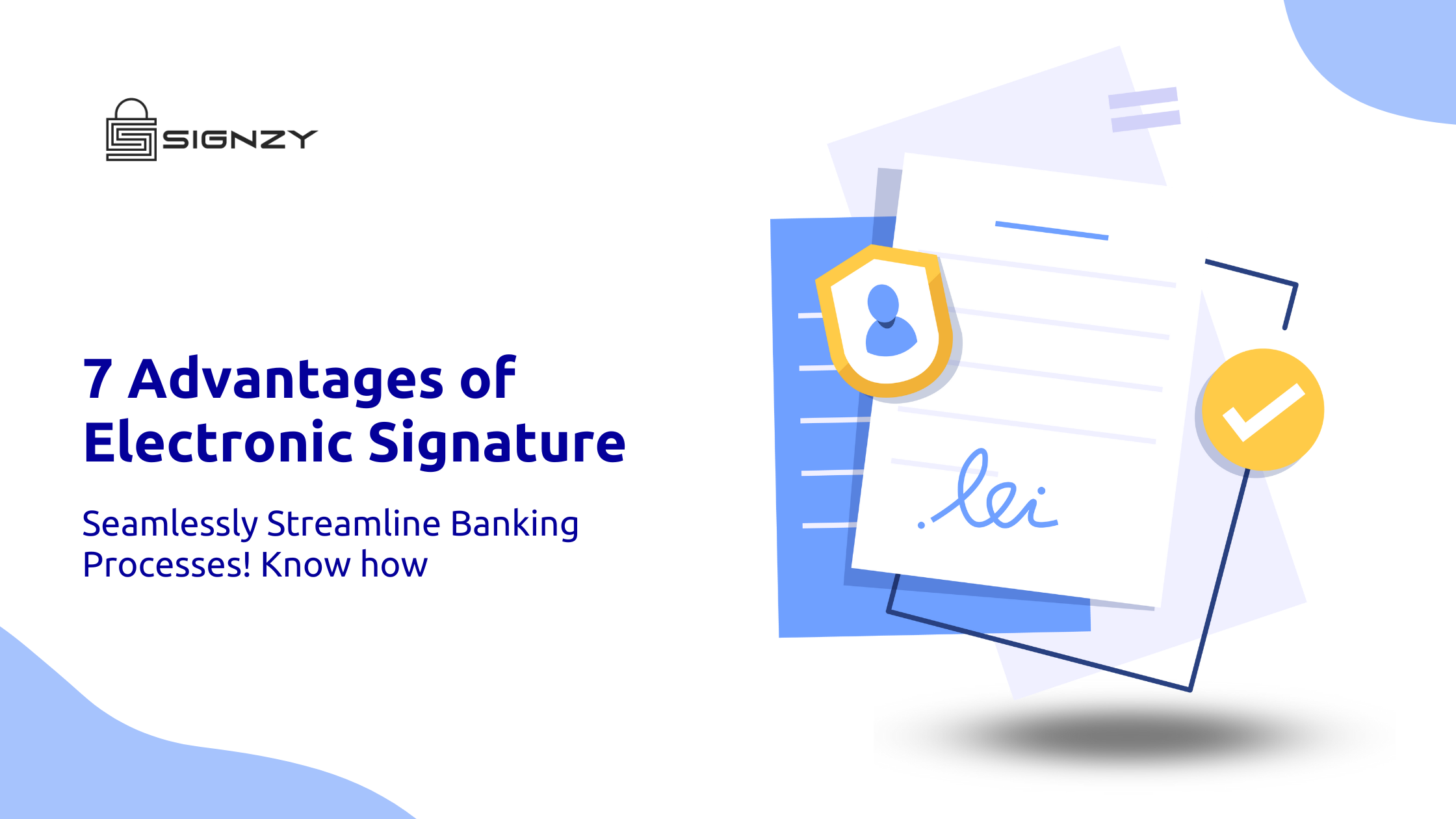eStamping represents a significant leap in the evolution of financial transactions, particularly in the realm of duty payment on agreements and contracts. As a modern, more efficient alternative to traditional stamp duty payment methods like physical stamp paper or franking, it leverages electronic processes to streamline and simplify this important step in formalizing agreements.
At its core, in e-stamping procedure, parties can conveniently pay the required stamp duty for documents or contracts online. Once the payment is completed, they receive their document electronically stamped and merged with a virtual representation of stamp paper.
This system eliminates the need for physical stamp paper and introduces increased efficiency, ease, and accuracy. Furthermore, it minimizes the risk of fraudulent practices tied to stamp paper transactions while ensuring a secure and tamper-proof record of stamp duty payments.
With eStamping, the world of contractual agreements and financial transactions steps firmly into the digital age, aligning with the broader trend towards digitization and automation of services in banking and finance.
eStamping is becoming increasingly important in the banking industry, as it can help to streamline and secure a variety of banking processes.
The Legal Backdrop: Indian Stamp Act of 1899
The Indian Stamp Act of 1899 forms the legal basis for the levying of stamp duties in India. The Act mandates stamp duty payment on certain types of instruments and documents, such as agreements, bonds, shares, bills of exchange, and others, to make them legally effective. The stamp duty is essentially a form of tax that the government collects on transactions recorded in these documents.
The Act has undergone numerous amendments over the years to stay relevant with changing times and technologies.
Proposed Amendments
The Indian government has proposed several amendments to the Indian Stamp Act of 1899, aiming to modernize and align the Act with the realities of the digital age. Here are some key proposed changes:
- Electronic Signatures: The proposed amendment seeks to introduce the concept of “electronic signatures” as recognized under the Information Technology Act, 2000, into the Indian Stamp Act. This would legitimize electronically signed documents, paving the way for fully digital transactions.
- Digital Stamping: There are plans to formally include digital e-stamping within the Act. This would involve the recognition of electronic stamps or e-stamps and any other digital impressions that the state government may specify. This is a departure from the existing definition of “impressed stamp”, which traditionally includes only labels affixed and impressions made by a proper officer, or those embossed or engraved on stamped paper.
- Expansion of the term ‘Instrument’: The scope of what is considered an “instrument” under the Stamp Act is also set to expand. The proposed addition would include “any other document mentioned in Schedule 1, excluding those specified by the Government.” The term “document” in this context would encompass any electronic record as defined under the Information Technology Act, 2000.
These changes would usher the Indian Stamp Act into the digital era, making the legal framework more aligned with current technological practices and capabilities. They aim to ensure that the law remains relevant and effective in governing modern, digital-first financial transactions and agreements.
The Role of Stamping & Stamp Paper in Loan Disbursal
Stamping and the use of stamp paper play a critical role in the loan disbursal process in India. They are involved at various stages, including loan approval, agreement execution, and documentation, ensuring the legal validity and enforceability of the loan contract. Let’s explore their roles:
- Loan Agreement: A loan agreement is a legal contract between the lender (bank/financial institution) and the borrower, outlining the terms and conditions of the loan. To be legally enforceable, this agreement needs to be stamped as per the Indian Stamp Act, 1899.
- Stamp Duty: Stamp duty is a tax imposed by the government on various legal documents, including loan agreements. The rate of stamp duty can vary based on the loan amount and the state’s stamp duty laws where the agreement is executed. The payment of stamp duty effectively makes the loan agreement legal and binding.
- Stamp Paper: The loan agreement is typically printed on stamp paper, purchased for the value of the stamp duty. The stamp paper serves as proof that the requisite stamp duty has been paid on the document.
- Loan Disbursal: After the loan agreement is stamped and signed by the parties, the loan amount can then be disbursed by the lender to the borrower. The stamped agreement serves as a valid document for both the lender and borrower, outlining the loan’s terms and conditions, and is enforceable in court.
Challenges in Loan Disbursal for Banks & NBFCs
Loan disbursal processes in Banks and Non-Banking Financial Companies (NBFCs) often face a variety of challenges. These challenges can impact the efficiency of the operations and the overall customer experience. Some common challenges include:
- Lengthy Approval Process: The traditional loan approval process can be quite lengthy, involving detailed checks of credit scores, financial history, income verification, etc. This can lead to delays in loan disbursal.
- Documentation: Managing physical documents is often a tedious and time-consuming process. It involves maintaining, verifying, and storing a large volume of paperwork, which increases the chance of human error.
- Stamp Duty Payment and Stamping: In the traditional process, procuring stamp papers, paying stamp duty, and getting the loan agreement stamped can be a complex process. It involves liaison with government authorities, which can further delay the loan disbursal process.
- Fraud Risk: The possibility of document forgery and fraudulent applications pose a constant risk to financial institutions. The traditional manual processes don’t always catch these, which can lead to significant financial losses.
- Regulatory Compliance: Keeping up with the constant changes in regulations and ensuring compliance can be challenging. Non-compliance can lead to legal issues and penalties.
- Customer Service: Given the complexity and length of the process, providing a smooth customer experience can be challenging. Delays and lack of transparency can lead to customer dissatisfaction.
- Technological Limitations: Many financial institutions, particularly smaller or rural ones, may lack the advanced technology needed to streamline the loan disbursal process, making them reliant on slower, manual methods.
How does eStamping help in achieving end-to-end loan automation?
It plays a pivotal role in achieving end-to-end loan automation by streamlining and digitizing a traditionally complex, time-consuming process. Here’s how eStamping fits into the process flow:
- Loan Application: The customer initiates the loan application process online. They fill in their details and submit necessary documents digitally.
- Document Verification and Underwriting: Automated systems with AI capabilities verify the submitted documents, perform credit checks, and assess the applicant’s creditworthiness. This process also includes the automated evaluation of collateral, if applicable.
- Loan Approval: Once the application is verified and underwriting complete, an automatic system approves the loan based on predetermined criteria. In some cases, if necessary, this step might require a manual review. However, in a fully automated system, even these exceptions would be minimized.
- Digital Stamping: Upon loan approval, the loan agreement is prepared. The system calculates the required stamp duty based on local regulations and the loan amount. The system then generates an e-stamp or digital stamp corresponding to the correct stamp duty. The stamp is affixed to the digital loan agreement, making it legally binding.
- E-Signature: After stamping, the agreement is sent to the borrower for a digital signature. The borrower can review the agreement and sign it using a digital signature, eliminating the need for a physical signature.
- Loan Disbursal: Once the agreement is e-stamped and e-signed, the loan amount is disbursed to the borrower’s account electronically.
- EMI Payment Automation: The repayment of the loan in the form of Equated Monthly Installments (EMIs) is also automated. The EMI amount is automatically deducted from the borrower’s account on a predetermined date. The borrower receives digital notifications about upcoming EMI payments, successful deductions, and any outstanding payments.
- Loan Servicing: All further communications, repayments, tracking, and servicing of the loan can be done online, providing a fully digital loan experience. This includes automated notifications for due dates, payment confirmations, and any changes in loan terms.
Advantages of E-stamps for Loan Automation
E-stamps or digital stamps bring a plethora of advantages when integrated into loan automation, as they help simplify the loan process, improve efficiency, and provide superior service to customers. Here are some key advantages:
- Efficiency: It streamlines the process of stamp duty payment and reduces the time taken for loan disbursal. The need for physical stamp papers, manual labor, and long waiting times are eliminated, leading to a quicker and smoother loan process.
- Security: E-stamps are secure and tamper-proof, reducing the risk of fraudulent transactions. Each e-stamp comes with a unique identification number, which can be used to verify its authenticity, providing an additional layer of security.
- Accuracy: It ensures the accurate payment of stamp duties. The stamp duty is calculated automatically based on predefined rules and regulations, minimizing the risk of human error.
- Legal Compliance: Digital stamps are legally recognized. This means electronically processed loan agreements are legally binding, ensuring legal certainty in an automated loan processing workflow.
- Improved Customer Experience: E-stamping, as part of an automated loan processing system, simplifies the loan application process for customers, making it quicker and more straightforward. This leads to a better customer experience.
- Cost Reduction: estamping reduces operational costs by eliminating the need for physical stamp papers and cutting down on the manual effort involved in the stamping process.
- Automation and Scalability: E-stamping can be easily integrated into an automated loan processing system. It’s scalable and can handle a large volume of transactions, making it suitable for large-scale operations.
- Record Keeping and Audit: Digital stamps, being electronic, can be easily tracked and recorded. This simplifies record keeping and audit processes, making it easier for banks and other financial institutions to maintain and access their records.
Signzy’s E-stamp API: One Stop Solution for eStamping
At Signzy, we leverage cutting-edge technologies to redefine the way banks and NBFCs handle loan disbursal, streamlining the process while enhancing security and compliance.
Our digital solutions, including the e-stamping API, play a crucial role in automating and simplifying the documentation process. We’ve automated the traditionally time-consuming tasks of acquiring stamp papers and paying stamp duty, thus eliminating cumbersome paperwork and accelerating the loan process.
Security is paramount in our operations. Through the integration of artificial intelligence and machine learning in our platform, we enable early detection of fraudulent activities. Further enhancing the security framework, our estamping technology ensures the authenticity of documents, providing a tamper-proof environment for loan processing.
Regulatory compliance is another area we’ve got covered. Our solutions align with the proposed amendments to the Indian Stamp Act, supporting the inclusion of electronic signatures and electronic stamp papers. This reduces the regulatory burden for banks and NBFCs, ensuring they’re in step with the most recent legal requirements.
From a customer’s perspective, we strive to make the loan disbursal process as seamless as possible. By digitizing and automating the process, we ensure that loans are processed faster, providing a more satisfying customer experience. The entire process is transparent, allowing customers to complete necessary steps online at their convenience.
The API optimizes operational efficiency and contributes to cost reduction. It eliminates the need for physical stamp papers and minimizes manual labor, making our solution a cost-effective alternative in the loan disbursal process.
At Signzy, we’re dedicated to paving the way towards a more efficient, secure, and digital future in finance! Contact us to book a demo!





